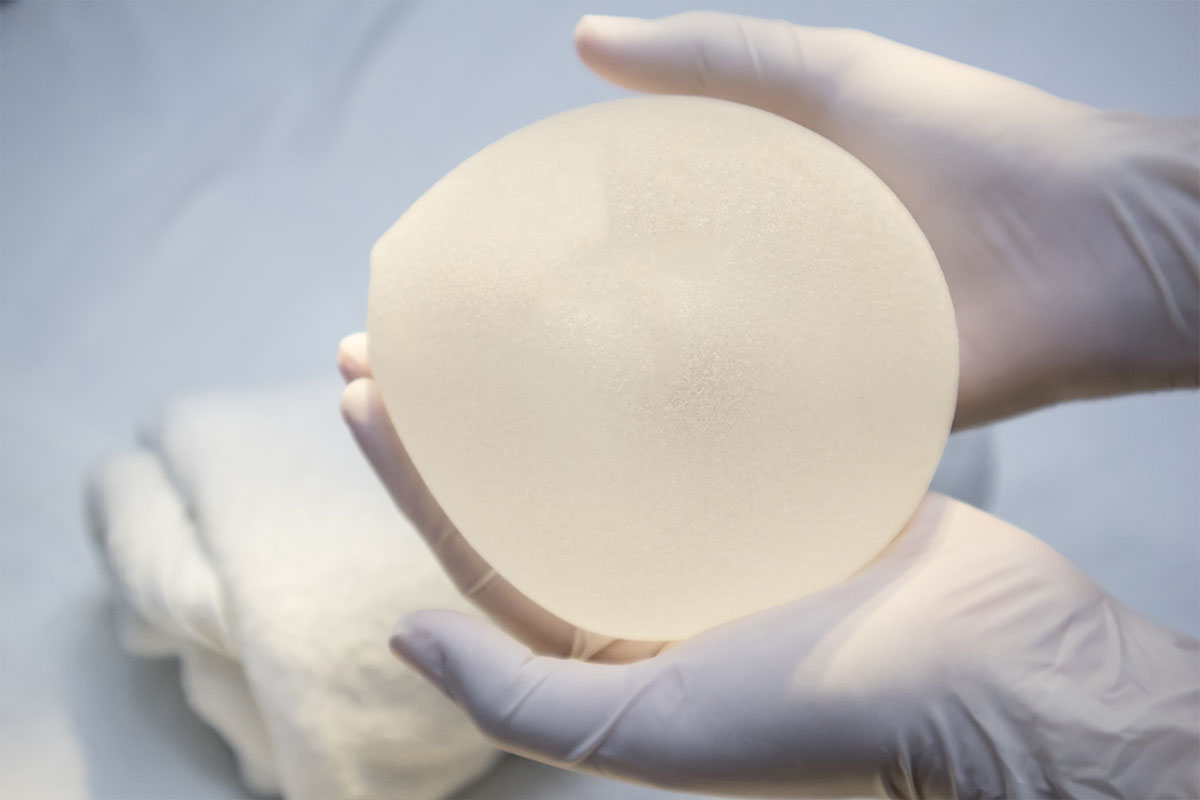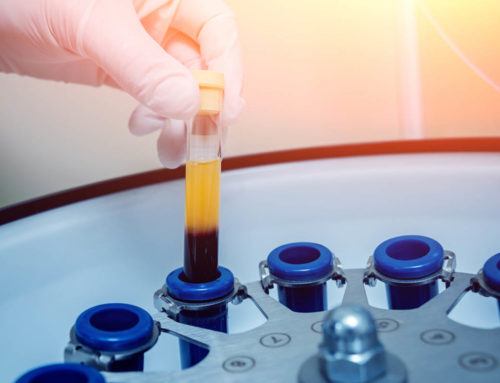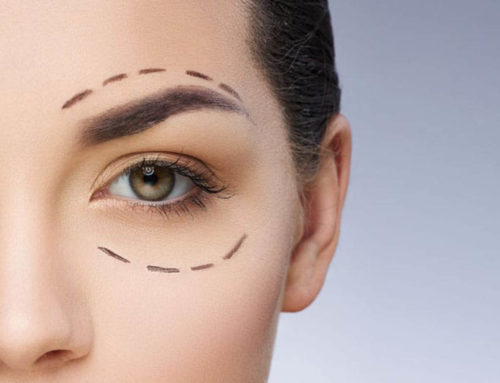The terms “breast augmentation” and “breast implants” are often used interchangeably, but they actually have distinct meanings. Breast augmentation is a surgical procedure aimed at enhancing the fullness, shape, and contours of the breasts. On the other hand, breast implants refer to the medical prostheses that are surgically inserted into the breasts during breast augmentation surgery.

While breast augmentation can be performed using other methods such as fat transfers, where fat is taken from one part of the body and injected into the breasts, the majority of breast augmentation surgeries involve the use of breast implants to achieve the desired results.
If you are considering a breast enhancement procedure, it’s important to understand the difference between breast implants and breast augmentation to make an informed decision about which option may be right for you.
Breast Augmentation Surgery: Procedure and Incisions
Breast augmentation surgery, also known as augmentation mammoplasty, is a cosmetic procedure that involves enhancing the size and shape of the breasts using breast implants. The surgery typically takes around an hour to complete, with the patient under general anesthesia.
During the surgery, incisions are made in different areas, depending on the surgical plan discussed during the initial consultation with the surgeon, such as:
- In the armpit: This technique, known as transaxillary incision, minimizes scarring around the breast area. It requires the use of an endoscope, a medical device with a camera, to guide the implant into the breast through the armpit.
- Around the nipple: Also known as periareolar incision, an incision is made around the edge of the areola, and the implant is inserted through this opening.
- In the inframammary fold: This is the most common technique, where an incision is made in the crease underneath the breast, known as inframammary fold. It provides direct access to the breast tissue for implant placement.
The choice of breast implant type, silicone or saline, can also affect the size of the incisions. Saline implants, which are filled with a saline solution after insertion, generally require smaller incisions as they can be inserted while deflated. Silicone implants, including the “gummy bear” type, typically require larger incisions as they cannot be adjusted after insertion.
Once the implants are placed, the incisions are carefully closed and sutured by the surgeon. Proper post-operative care and follow-up appointments with the surgeon are crucial for a successful recovery after breast augmentation surgery. It’s essential to consult with a qualified plastic surgeon to discuss the options and determine the most suitable approach for individual needs and goals.

Key Considerations for Breast Augmentation and Breast Implants
Breast augmentation surgery and breast implants are popular choices for women seeking to enhance their breasts for various reasons. Here are some common considerations:
- Breast symmetry: Breast augmentation surgery can help improve breast symmetry when one breast is significantly larger or hangs lower than the other, restoring a more balanced appearance.
- Breast reconstruction: Women who have undergone mastectomies may choose breast augmentation surgery as part of the breast reconstruction process, helping them regain their sense of femininity and body confidence.
- Proportion and body image: Many women opt for breast augmentation to achieve better body proportion, feeling that their breasts are too small for their body size and shape. This can provide a boost in self-esteem and confidence.
- Post-pregnancy changes: After pregnancy and breastfeeding, some women may experience changes in the appearance of their breasts. Breast augmentation can help restore the shape, volume, and firmness of the breasts, addressing these changes.
During the initial breast augmentation consultation, At IstanBest clinic we will discuss the options and risks associated with the procedure, taking the time to understand your individual needs and goals. It’s essential to have a thorough understanding of the procedure and realistic expectations before proceeding with breast augmentation surgery and breast implants.
Healing Process After Breast Augmentation Surgery
The healing process following breast augmentation surgery typically spans 6 to 8 weeks, with the initial 5 days being the most challenging due to bruising and swelling. To help ease this transitionary period, Our surgeons may prescribe pain medication and recommend wearing a post-op surgery bra that provides compression to reduce swelling and stabilize the breast implants during the healing process.
Taking the first week off from work, if possible, and prioritizing rest and recovery during the first two weeks is crucial for a healthy healing process. After about 8 weeks, the body should be fully healed, and daily activities and exercise can be resumed.
It’s important to keep in mind that while recovery may take 8 weeks, it may take a few more months for the breast implants to settle into place and fully fill out the breasts. Patience is key, as the complete results of the breast augmentation surgery may take around 3 months to materialize. Following post-surgery care instructions provided by our medical team and being patient during the healing process can help ensure a successful and satisfactory outcome.
Post-Breast Augmentation Surgery: What to Avoid for Optimal Healing
The first few weeks after breast augmentation surgery are crucial for allowing your skin and breasts to heal properly. To ensure a successful recovery, it’s important to avoid certain activities during this time.
Rigorous exercise that can cause your implants to shift inside your breasts should be avoided at all costs. Only light exercises such as walking are permitted during this period.
Showering should also be avoided for the first few days after surgery to keep the bandages dry and prevent raising your arms above your head while washing your hair, as this can strain the incisions.
It’s recommended to have a companion help you with lifting heavy objects or changing clothes to avoid unnecessary strain on your incisions from stretching your arms above your head.
To reduce swelling and bruising, a wedge pillow can be used to prop up your upper body while sleeping. This can prevent excess fluid accumulation in the chest area and help the implants settle into position. It’s crucial to sleep on your back during recovery and avoid sleeping on your side or stomach.
Following these guidelines and adhering to the post-surgery care instructions provided by our medical staff at IstanBest Clinic can aid in a smooth healing process and ensure optimal results from your breast augmentation surgery.




